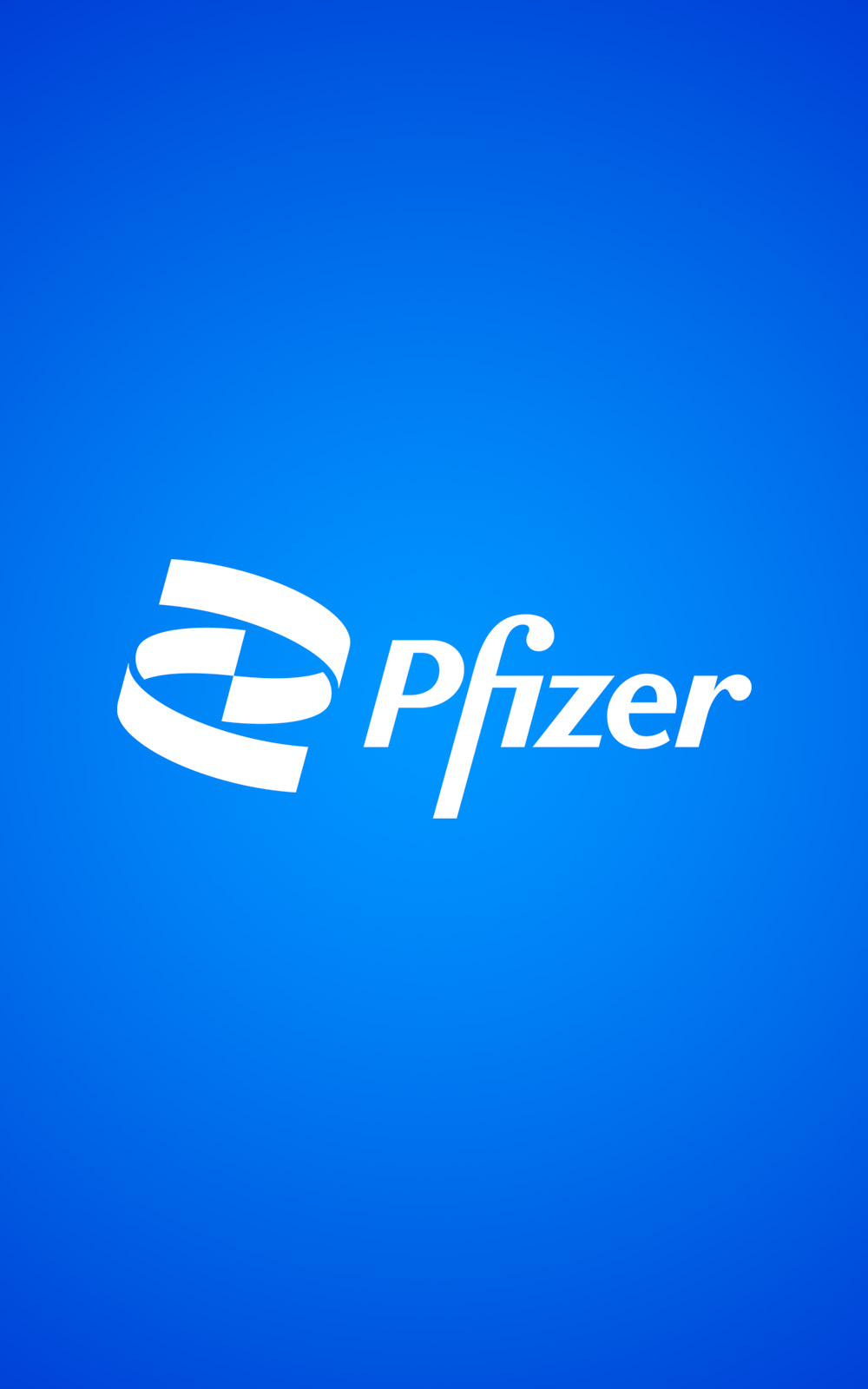Elevating Collaboration and Design Thinking at Pfizer
NB: I was working at Pfizer during the Covid outbreak and through to the release of the vaccine. All work during this time is heavily under NDA and cannot be shown. Below are the activities in bringing Design Thinking methodologies, through Lego workshops, to other areas of the business.
Client Background: As a Senior Product Designer at Pfizer, the focus was on advancing collaboration and information sharing within the organization. The primary projects involved designing an internal tool for vaccine information sharing and contributing to the development of Pfizer’s NextGen global web portal. Additionally, the role included promoting Design Thinking across Pfizer through innovative workshops and roadshows.

Objective: The overarching goal was to enhance internal collaboration, streamline information sharing on vaccine-related initiatives, and contribute to the development of Pfizer’s NextGen global web portal. The secondary objective involved fostering a culture of Design Thinking within Pfizer through engaging workshops and roadshows.




Design Process:
- Vaccines Internal Tool:
- Conducted user research to understand the unique needs of teams involved in vaccine development, ensuring the tool addressed specific pain points.
- Collaborated with cross-functional teams to develop an intuitive internal tool that facilitates seamless sharing of information, fostering collaboration among teams globally.
- NextGen Global Web Portal:
- Contributed to the design of Pfizer’s NextGen global web portal, ensuring a cohesive and user-centric experience for diverse teams worldwide.
- Worked closely with content creators from different regions, guiding them on the utilization of the new content management system for uploading and managing their content.
- Global Collaboration:
- Facilitated collaboration with teams from around the globe, ensuring diverse perspectives were considered in the design process.
- Conducted virtual design sprints and workshops to align teams on design principles and goals.
- Design Thinking Promotion:
- Organised and led Design Thinking workshops using unconventional tools like Lego, engaging employees in creative problem-solving.
- Conducted roadshows to showcase the impact of Design Thinking on product development, encouraging teams to embrace a user-centric mindset.
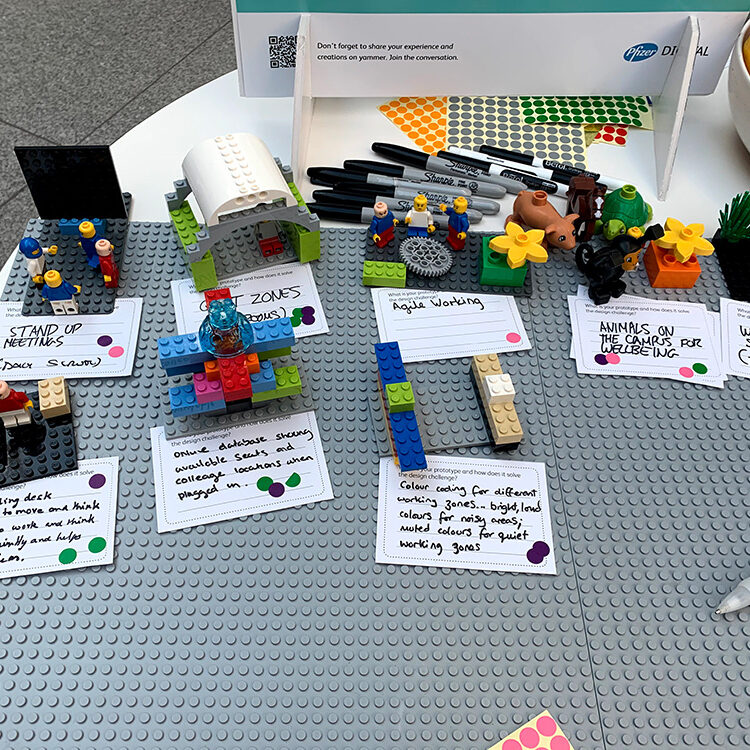


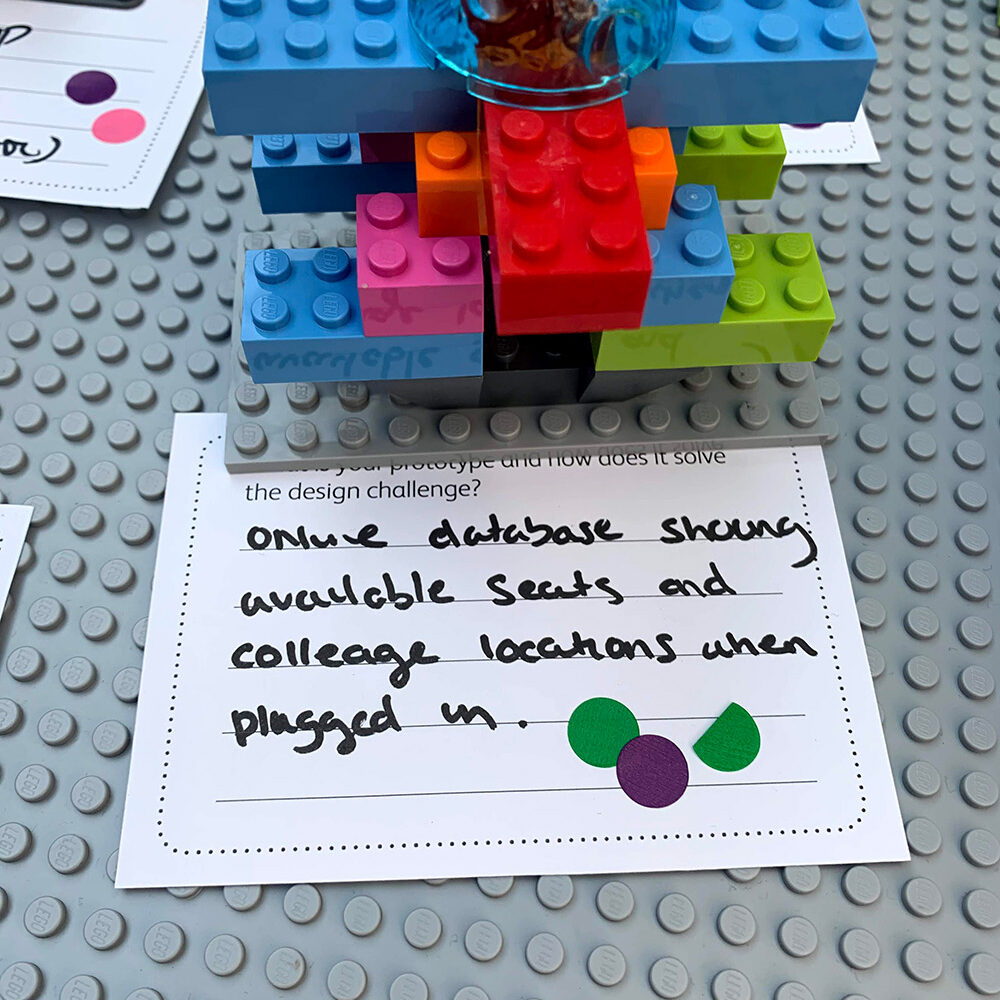
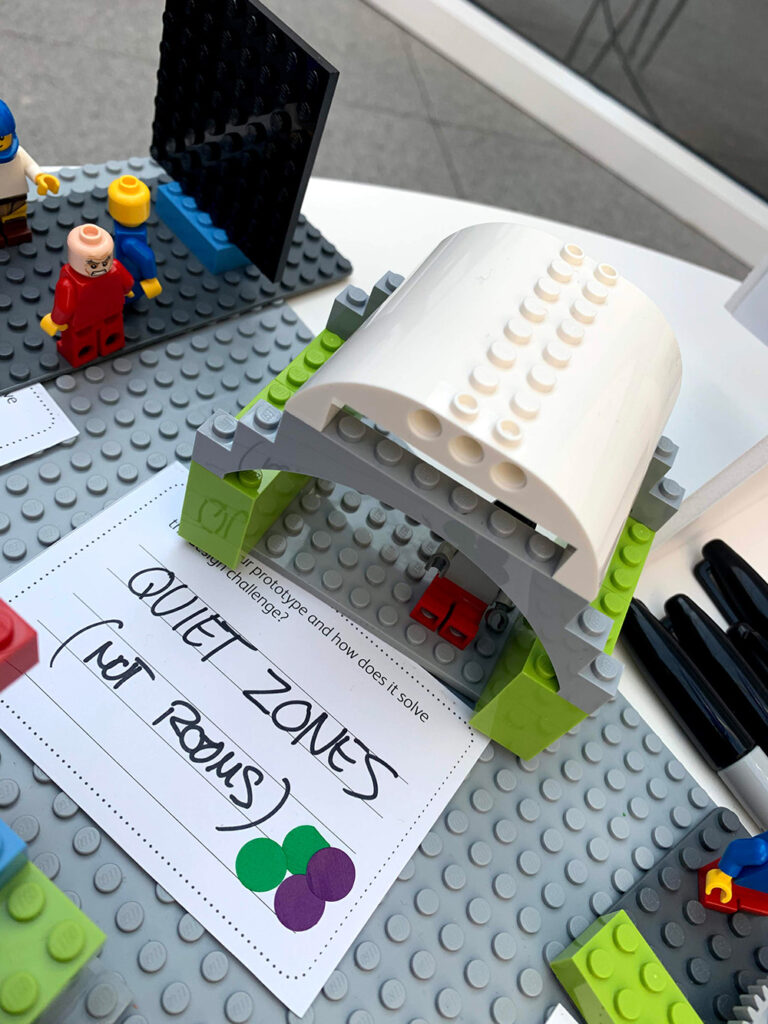
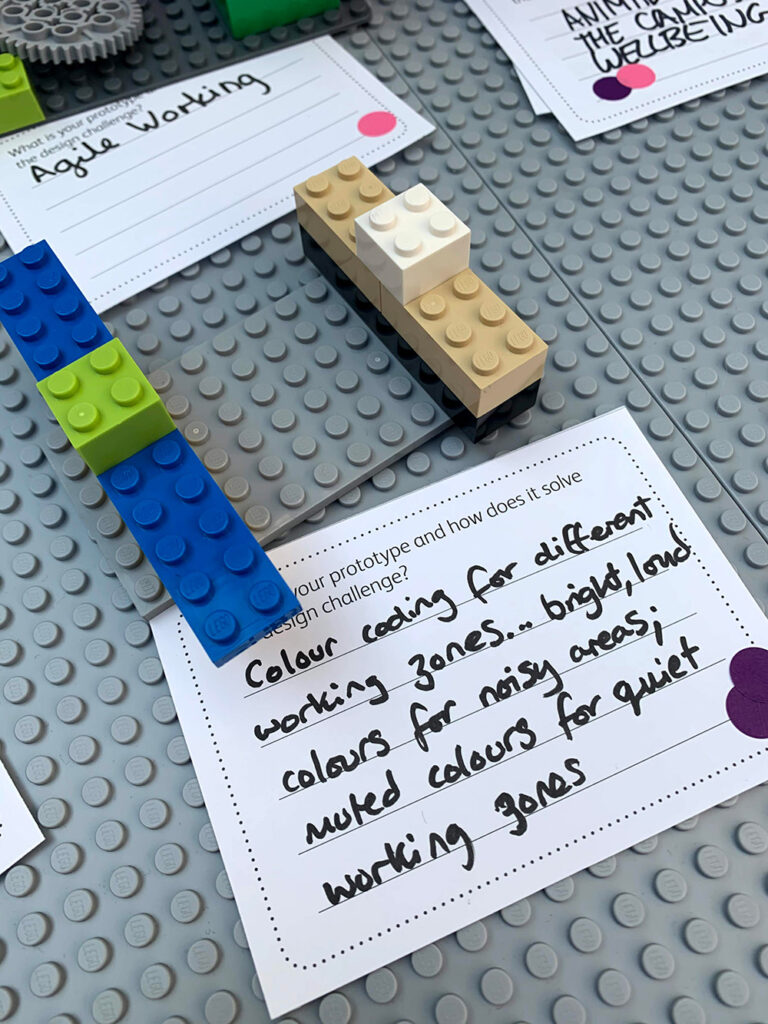
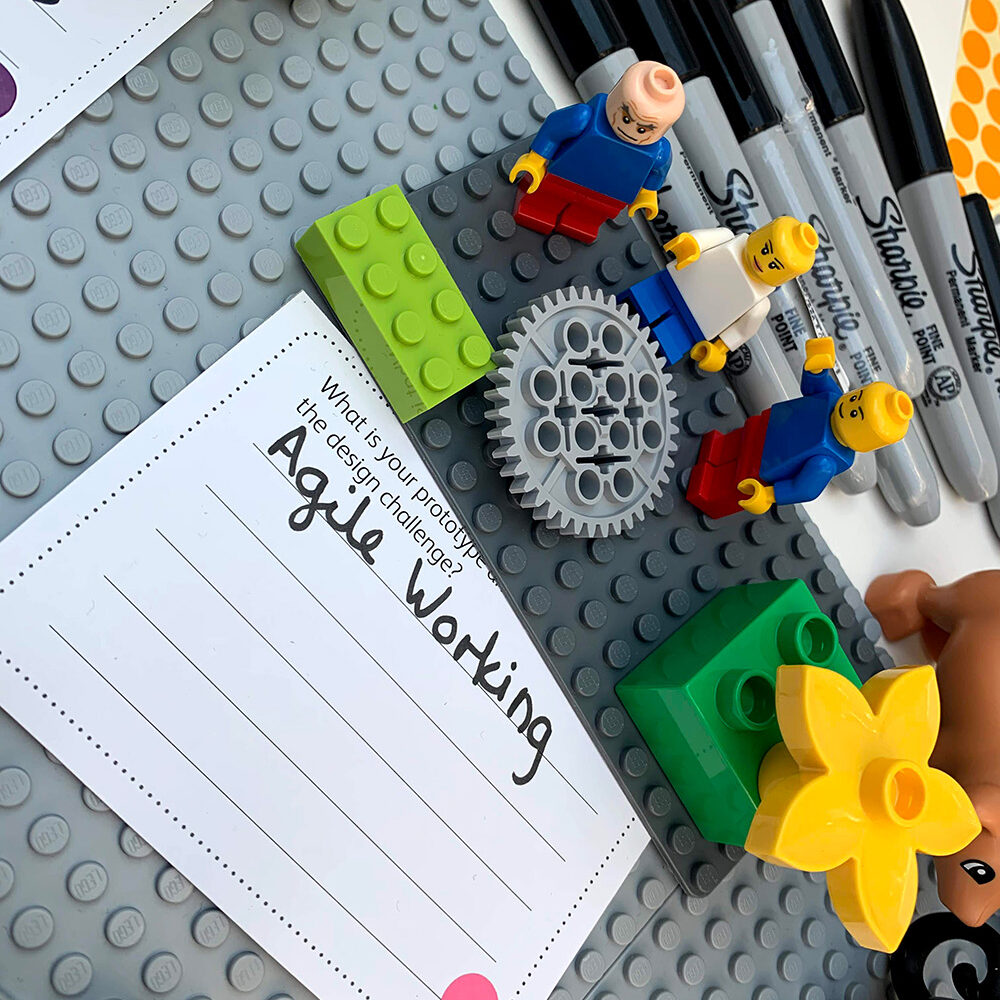
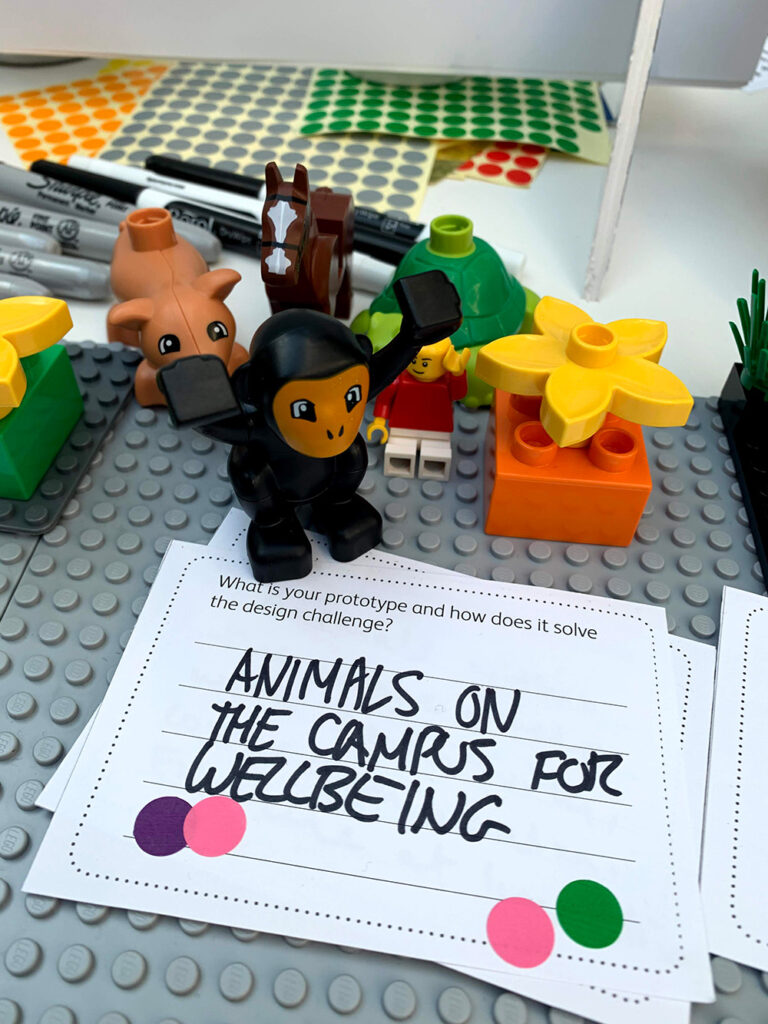
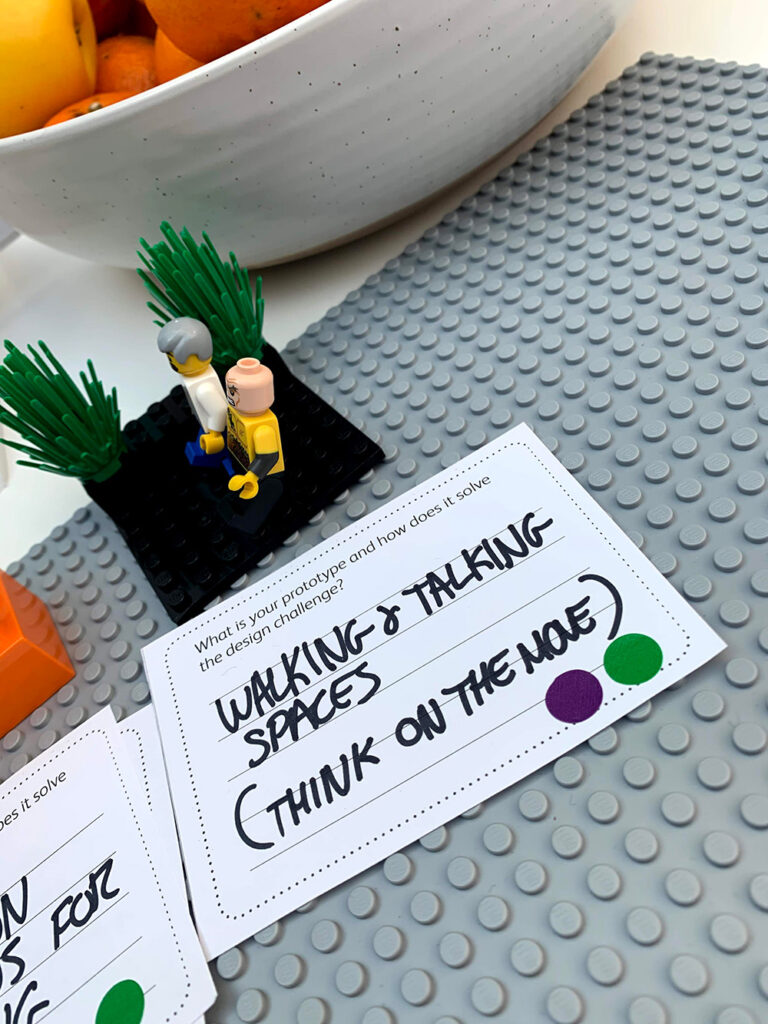
- User-Centric Approach:
- Prioritized user feedback and conducted usability testing to refine both the internal tool and the NextGen global web portal.
- Incorporated feedback loops to ensure ongoing improvements based on user insights.
- Measuring Impact:
- Implemented analytics tools to measure user engagement and gather insights for continuous enhancement.
- Regularly reported on key performance indicators, ensuring alignment with organizational goals.
Outcome: The efforts resulted in the successful deployment of the vaccines internal tool and the NextGen global web portal. The tools streamlined collaboration and content management, contributing to Pfizer’s overall efficiency. The promotion of Design Thinking through engaging workshops fostered a culture of innovation and user-centricity within the organization.
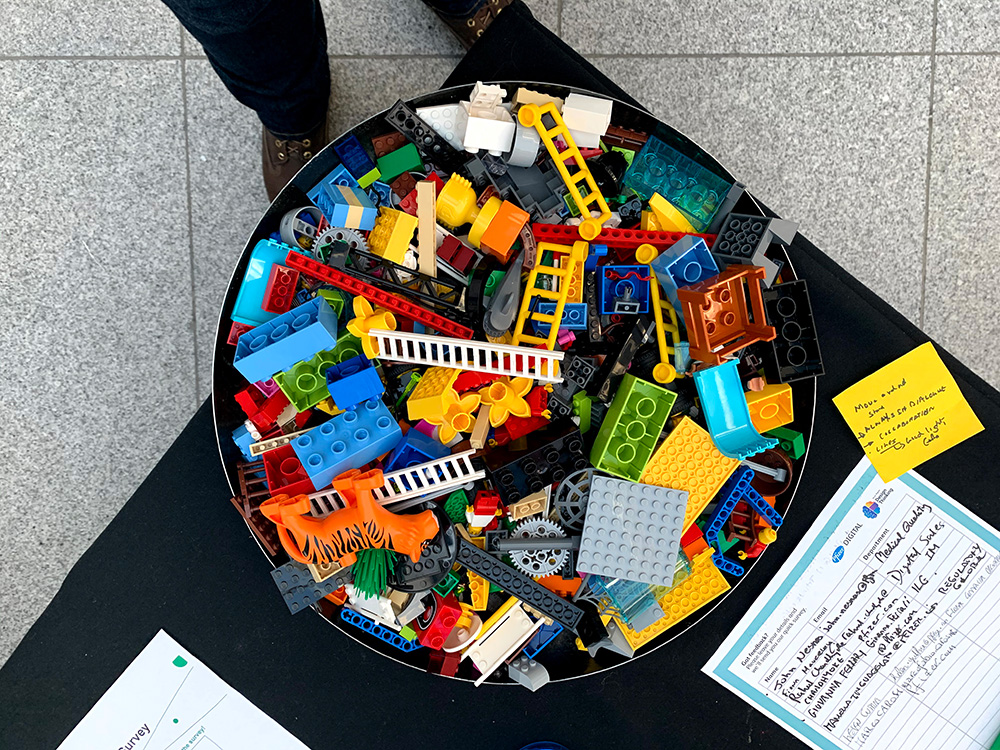
Next Steps: Continued collaboration with Pfizer to ensure ongoing improvements based on user feedback, further integration of Design Thinking principles, and potential expansion into other areas of the organization.
This case study exemplifies the role of a Senior Product Designer at Pfizer in advancing internal collaboration, designing impactful tools, and promoting a user-centric and innovative mindset through Design Thinking initiatives.

